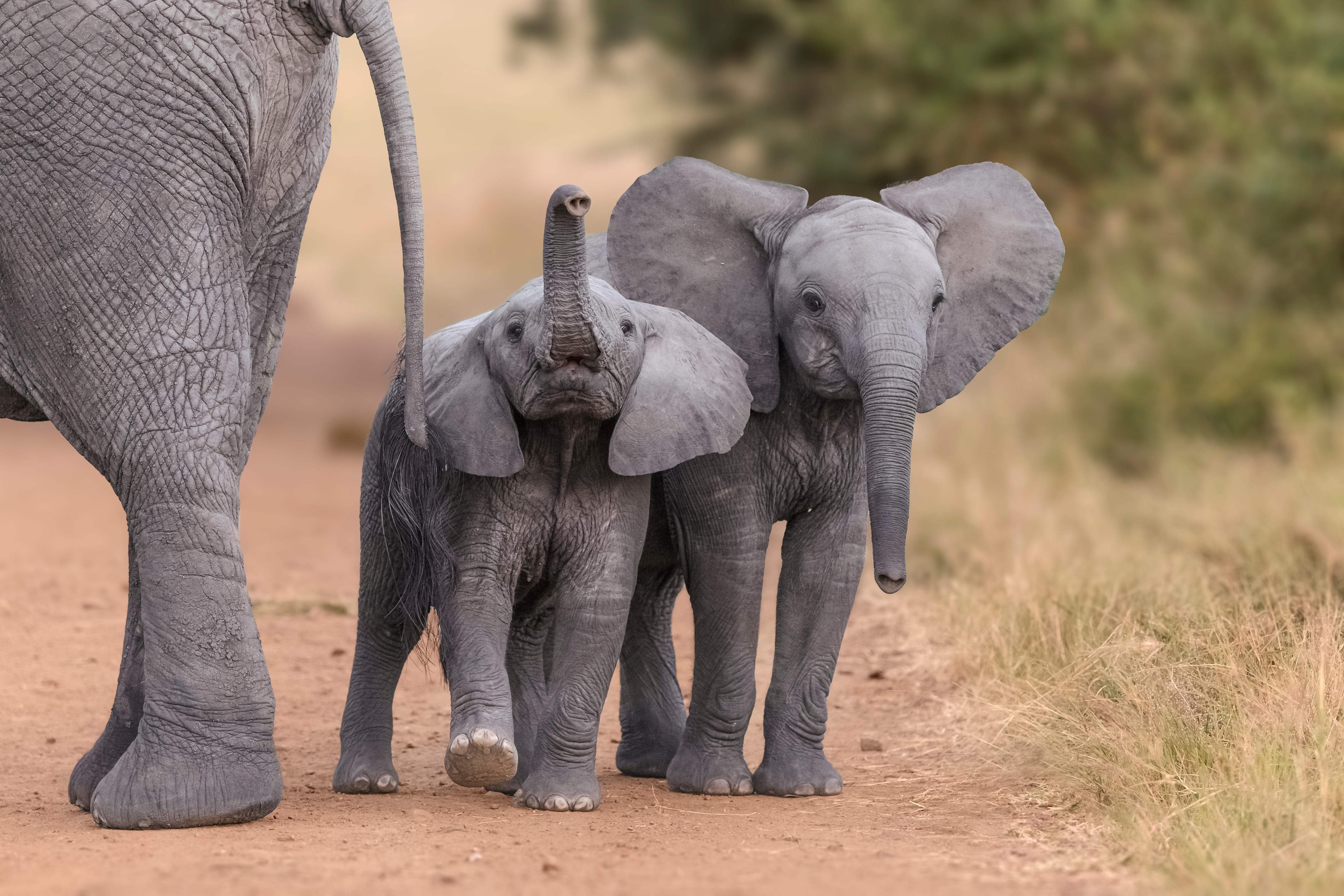While we’re stuck in a global pandemic and being warned that the world’s population is shrinking news of a baby boom in one wildlife park in Africa is finally something to smile about.
Kenya Wildlife Service (KWS) announced the country’s elephant population has more than doubled in the last three decades thanks to the country’s efforts to “tame poaching.”
When the elephant numbers were last taken in 1989 there were just 16,000 elephants in Kenya but the numbers have since grown to 34,000.
KWS director John Waweru announced the good news on World Elephant Day at Amboseli National Park.
The elephant population faces threats from droughts related to climate change, poachers who kill them for their tusks and clashes with farmers.
The park, which sits at the foot of Mt. Kilimanjaro, has reported the birth of more than170 calves so far this year compared with 113 born in 2018, as per NPR News citing the Amboseli Trust For Elephants (ATE), a nonprofit conservation group in Kenya.
ATE said the heavy rains Kenya has experienced over the last two years has helped.
“Baby booms are largely tied to ecological changes,” said ATE’s project manager Tal Manor.

As well as preferable climate conditions and a crack down on poaching rangers are being credited with helping to protect the animals.
In announcing the baby boom the country’s tourism minister, Najib Balala announced a key initiative to support the animals’ armed guards.
“Today we are also launching the Magical Kenya elephant naming campaign, an annual festival whose objective will be to collect funds from the naming, to support the Rangers welfare,” he said, as per LadBible.

KWS director general, John Waweru, said: “It is fortunate that Kenya has a conservation and management strategy for elephants in place to guide elephant recovery strategies, which has seen a more than 100% growth in Kenya’s population from 16,000 in 1989 to 34,800 by end of 2019”.
‘Nearer to extinction’
According to the World Wildlife Fund the significant declines in poaching in East Africa, where Kenya is situated, is not seen across the rest of Africa.
In 1930 there were up to 10 million wild elephants in Africa compared to 415,000 today due to “decades of poaching and conflict.”
The WWF warned: “Poaching continues to steer the species dangerously nearer to extinction.”

Let’s hope the rest of Africa can follow in the footsteps of Kenya. Keep up the good work!
These majestic animals deserve to be treated only with compassion and respect. Please share.







